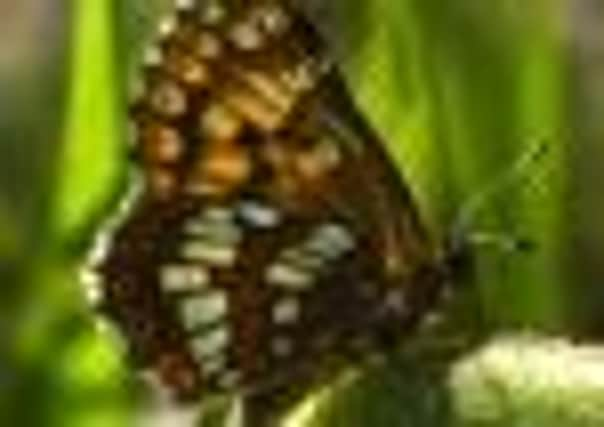Uncertain flying weather dampens expectations


There is often a gap before summer species begin to emerge. In some years, June can mark the beginning of one of those amazing immigrations which bring large numbers of butterflies and moths from North Africa and the Mediterranean.
Such movements may include painted ladies, red admirals and even clouded yellows, as well as pests like the silver Y moth.
Advertisement
Hide AdAdvertisement
Hide AdA handful of painted ladies reached Yorkshire in April this year, but that arrival quickly fizzled out. I’ve had reports from the Spurn area of another arrival, together with humming-bird hawk-moths. In some years, painted ladies fly from Africa to southern Europe in February and March.
They breed straight away, and the offspring fly further north in June. If they breed well, we see lots of them. But if it gets too wet or too dry, as is the case across much of western Europe at present, few offspring may survive.
Yorkshire’s two rarest species, the pearl-bordered fritillary and the Duke of Burgundy are both spring butterflies which have gone into steep decline and are now restricted to the southern edges of the North York Moors. A year ago, the fritillary was down to two sites and the Duke not many more.
Butterfly Conservation has been working with the National Park and others to redress this balance. In many cases, butterflies have been lost as a result of sites becoming overgrown and shading out the favoured egg-laying plants.
Advertisement
Hide AdAdvertisement
Hide AdMaking sites suitable again can be a work of years but at last we are seeing signs that our projects are working. Pearl-bordered fritillaries have returned to a long-lost site.
Further work is planned across the Helmsley and Pickering areas, funded by a £2.5m Wren Landfill Grant, which, over the next five years, should see habitat improvement work at 30 sites.
Butterfly Conservation, backed by Marks & Spencer, has its Big Butterfly Count, running to July 31. Details are available on www.bigbutterflycount.org
Howard Frost is a recording co-ordinator for Butterfly Conservation Yorkshire. Contact via www.yorkshirebutterflies.org.uk where you can also find the latest reports.